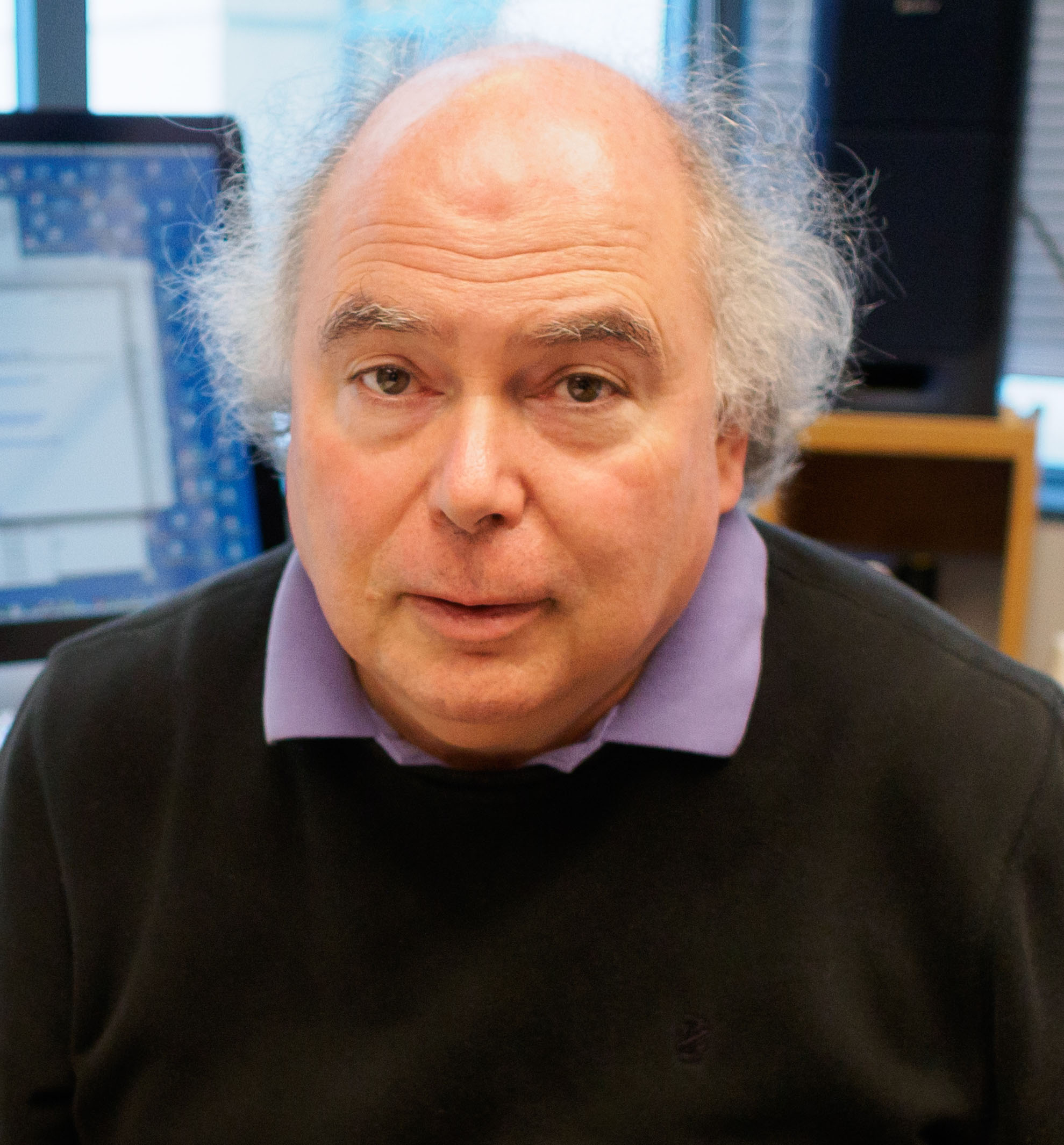Don was an undergraduate in Chemistry at the University of Colorado, Boulder, where he worked with Tom Cech mapping Tetrahymena ribosomal RNA transcripts using R-loop electron microscope imaging of RNA-DNA hybrids. He completed his Ph.D. in biochemistry with Robert Tjian at the University of California, Berkeley, where he studied the regulation of simian virus 40 (SV40) transcription in vitro and in vivo. He did postdoctoral work with Gerald Rubin in the University of California, Berkeley Dept. of Biochemistry, where he worked on P transposable elements, characterizing the P element transposase and repressor proteins and the germline-specific splicing of the P element transposase pre-mRNA. From there he joined the Whitehead Institute for Biomedical Research and the Dept. of Biology at the Massachusetts Institute of Technology (MIT) as an Assistant Professor. After 5 years, he moved to the Department of Molecular and Cell Biology at the University of California, Berkeley as a tenured Professor, where he has remained. His group studies P transposable elements in Drosophila and the evolutionarily related vertebrate THAP9 homologs, DNA repair pathways that affect P element transposition and RNA binding proteins that control alternative pre-mRNA splicing in Drosophila and humans. The lab uses a combination of biochemistry, molecular biology, genetics and genomics to study the mechanisms by which these DNA (transposition) and RNA processing (pre-mRNA splicing) reactions occur.
Lead PI (Core Leadership)
Donald Rio, PhD
University of California, Berkeley
Don was an undergraduate in Chemistry at the University of Colorado, Boulder, where he worked with Tom Cech mapping Tetrahymena ribosomal RNA transcripts using R-loop electron microscope imaging of RNA-DNA hybrids. He completed his Ph.D. in biochemistry with Robert Tjian at the University of California, Berkeley, where he studied the regulation of simian virus 40 (SV40) transcription in vitro and in vivo. He did postdoctoral work with Gerald Rubin in the University of California, Berkeley Dept. of Biochemistry, where he worked on P transposable elements, characterizing the P element transposase and repressor proteins and the germline-specific splicing of the P element transposase pre-mRNA. From there he joined the Whitehead Institute for Biomedical Research and the Dept. of Biology at the Massachusetts Institute of Technology (MIT) as an Assistant Professor. After 5 years, he moved to the Department of Molecular and Cell Biology at the University of California, Berkeley as a tenured Professor, where he has remained. His group studies P transposable elements in Drosophila and the evolutionarily related vertebrate THAP9 homologs, DNA repair pathways that affect P element transposition and RNA binding proteins that control alternative pre-mRNA splicing in Drosophila and humans. The lab uses a combination of biochemistry, molecular biology, genetics and genomics to study the mechanisms by which these DNA (transposition) and RNA processing (pre-mRNA splicing) reactions occur.


